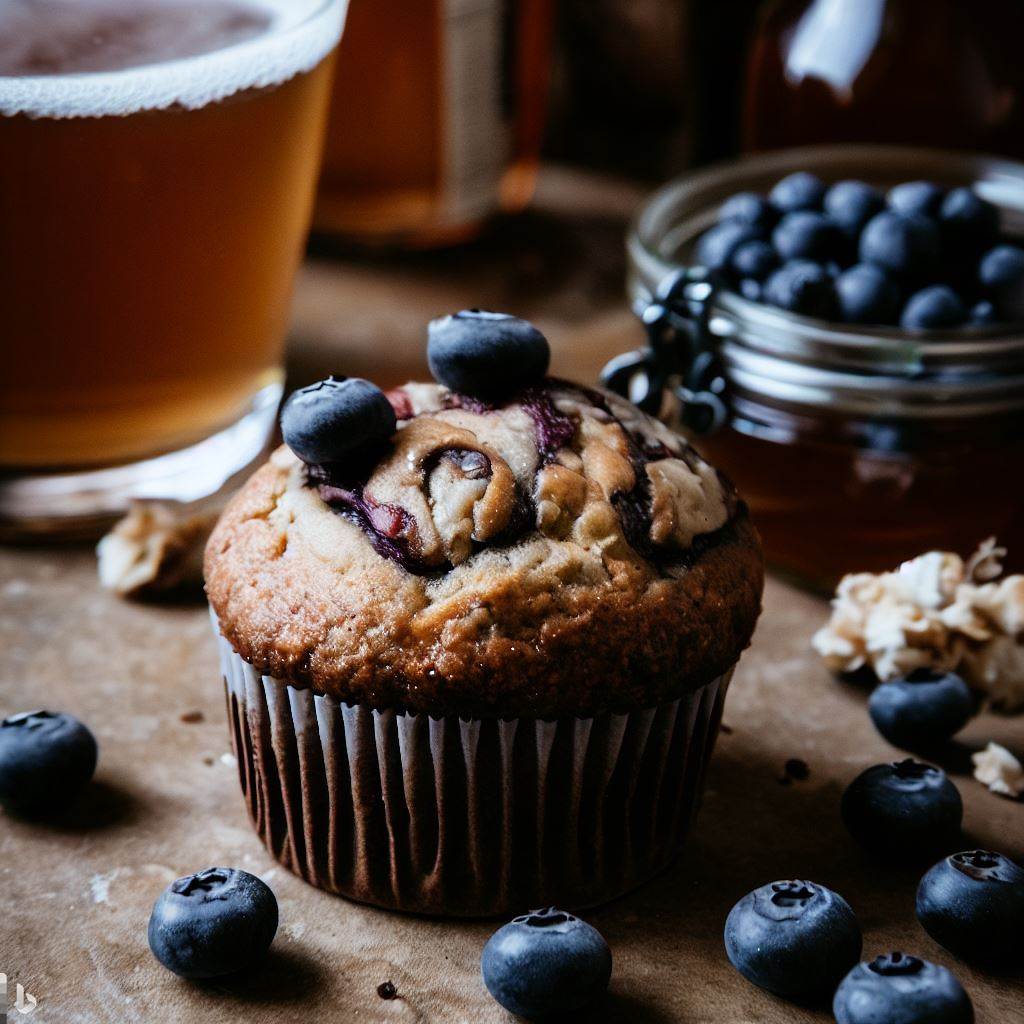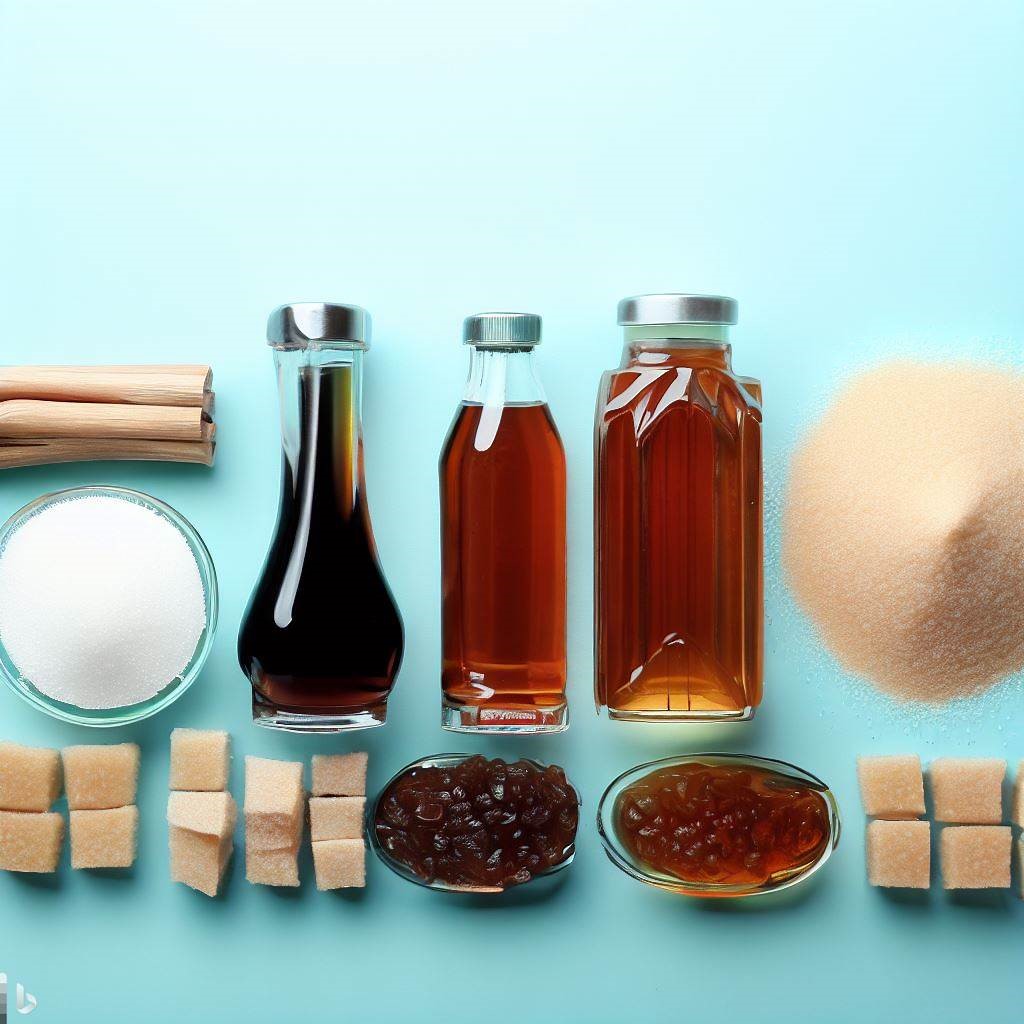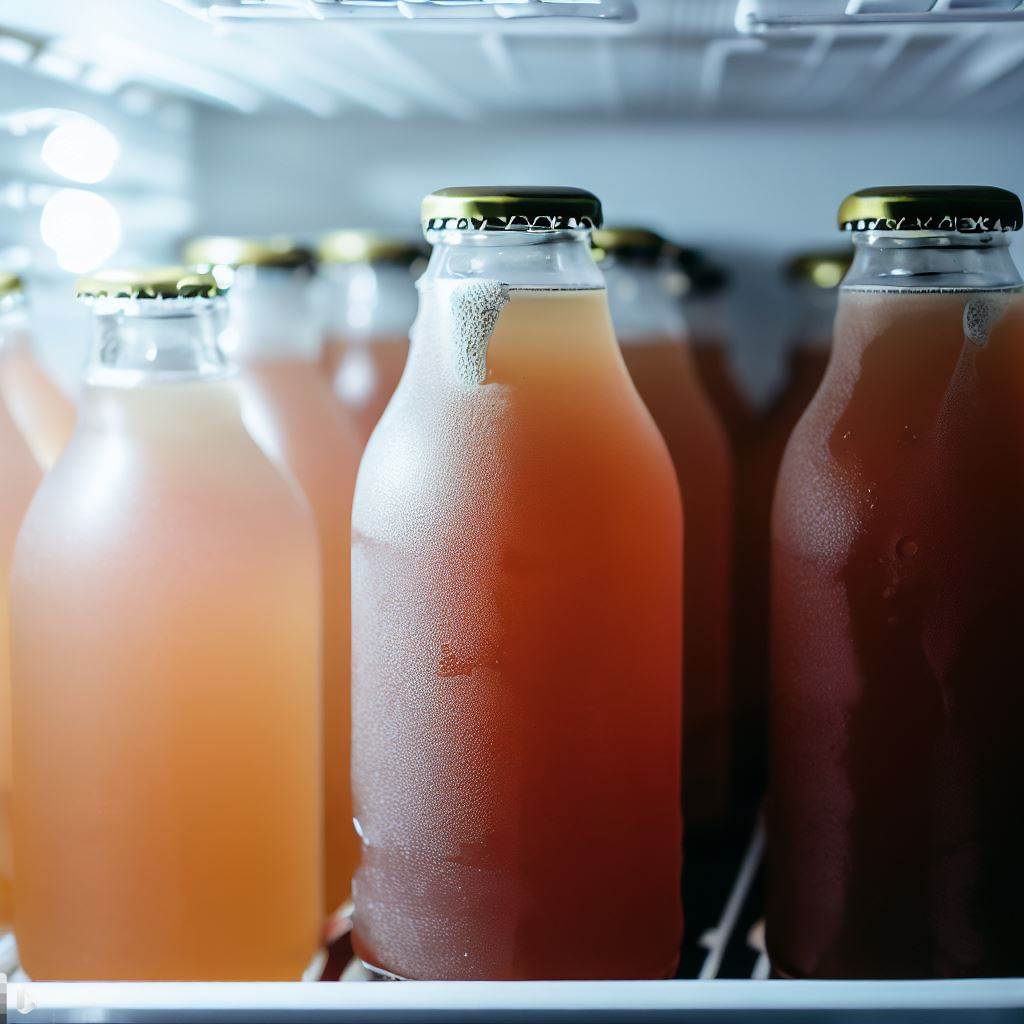1. Introduction to Kombucha
What is Kombucha?
Kombucha is a fermented tea beverage that has gained popularity for its unique taste and potential health benefits. It is made by fermenting sweetened tea with the help of a SCOBY (Symbiotic Culture of Bacteria and Yeast). The SCOBY consumes the sugars in the tea and produces various beneficial compounds. Now lets dive into Culinary Kombucha Recipe(s)!
A Brief History of Kombucha
Kombucha has a rich history that dates back thousands of years. It is believed to have originated in East Asia and spread to other parts of the world over time. In ancient times, kombucha was revered for its healing properties and was often referred to as the “Tea of Immortality.”
Health Benefits of Kombucha

Kombucha is known for its potential health benefits, which include:
- Probiotics: Kombucha is a natural source of probiotics, which are beneficial bacteria that promote gut health.
- Antioxidants: The fermentation process produces antioxidants that help protect the body against oxidative stress.
- Detoxification: Kombucha contains enzymes and acids that support the body’s natural detoxification processes.
- Immune Support: The beneficial compounds in kombucha can enhance immune function and promote overall well-being.
- Digestive Health: Kombucha’s probiotics and enzymes can aid digestion and promote a healthy gut microbiome.
2. Getting Started with Kombucha Brewing

Ingredients and Equipment
To brew kombucha at home, you’ll need the following ingredients and equipment: Check out our quickstart guide for more information on this topic!
- Tea: Use black, green, or a combination of both. Avoid flavored teas with oils or additives.
- Cane Sugar: Use organic cane sugar for the fermentation process.
- Water: Filtered or distilled water is best to avoid any impurities that may affect the SCOBY.
- SCOBY: Acquire a healthy SCOBY (Symbiotic Culture of Bacteria and Yeast) from a trusted source or grow your own.
- Starter Cultures: This is usually kombucha from a previous batch or store-bought unflavored kombucha.
- Brewing Vessel: Glass jars or ceramic containers with a wide mouth are ideal for brewing kombucha.
- Breathable Cover: Use a tightly woven cloth or coffee filter secured with a rubber band to cover the brewing vessel.
Brewing Process
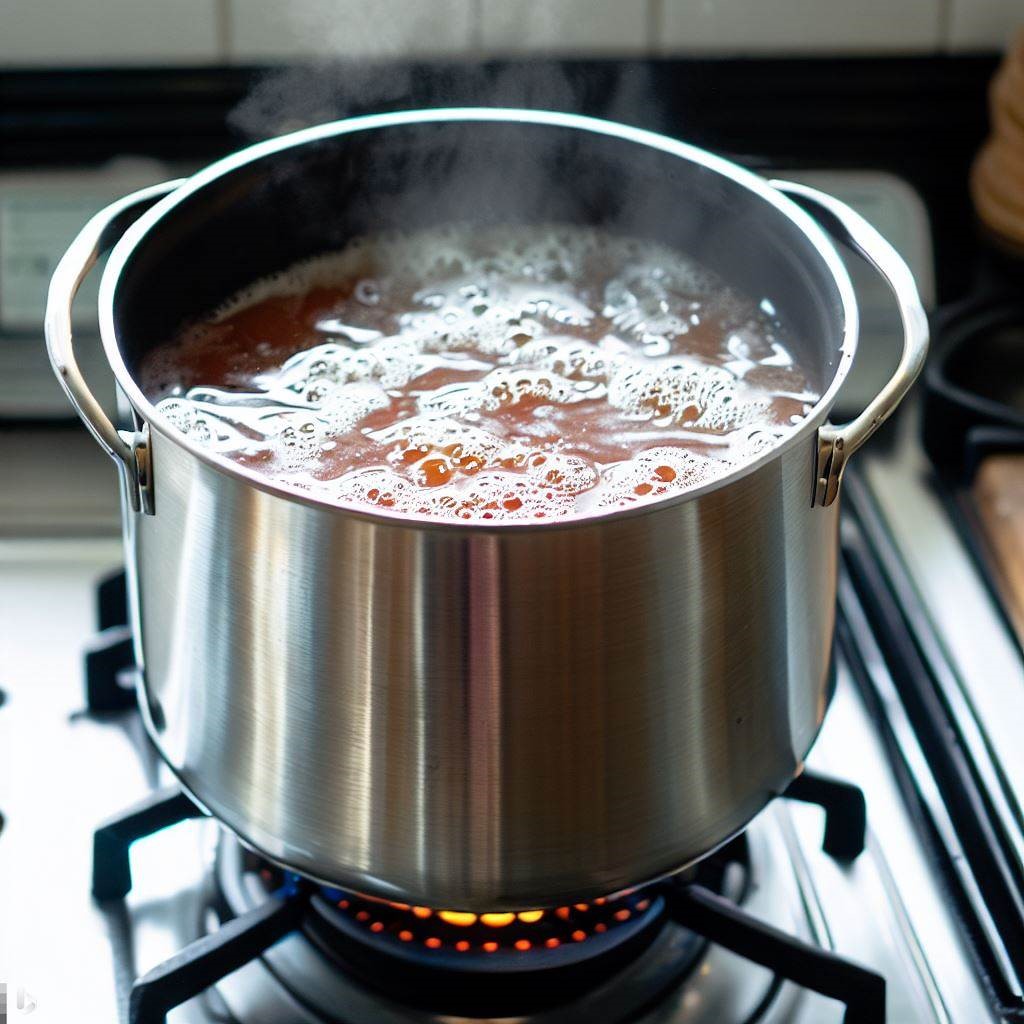
- Boil water: Bring water to a boil and remove it from heat. Add tea bags or loose tea leaves and steep according to the package instructions.
- Dissolve sugar: Add sugar to the hot tea and stir until completely dissolved. Allow the sweetened tea to cool to room temperature.
- Prepare the brewing vessel: Clean the brewing vessel thoroughly and ensure it is free from any soap residue or contaminants.
- Add starter liquid and SCOBY: Pour the starter liquid into the brewing vessel, followed by the cooled sweetened tea. Gently place the SCOBY on top of the liquid.
- Cover and ferment: Cover the brewing vessel with a breathable cover, ensuring it is secure. Place the vessel in a warm, well-ventilated area away from direct sunlight. Allow the kombucha to ferment for 7 to 14 days, depending on your preference.
- Taste and monitor: After a few days, you can start tasting the kombucha using a clean spoon. Once it reaches your desired level of tartness, the first fermentation is complete.
- Bottle and carbonate (optional): If you prefer carbonated kombucha, transfer the fermented kombucha to airtight bottles and add flavorings or fruit juice. Allow the bottles to sit at room temperature for 1 to 3 days for the second fermentation.
- Refrigerate and enjoy: After the second fermentation, move the bottles to the refrigerator to slow down the fermentation process. The kombucha will continue to develop flavor over time.
Common Mistakes to Avoid
- Neglecting cleanliness: Ensure all equipment and surfaces are properly cleaned and sanitized to prevent contamination.
- Using improper tea or sugar: Stick to plain organic teas without oils or additives, and use organic cane sugar.
- Inadequate fermentation time: The length of fermentation affects the flavor and carbonation. Taste regularly and adjust accordingly.
- Insufficient ventilation: Proper airflow is crucial to the fermentation process. Avoid sealing the brewing vessel with an airtight lid.
3. Culinary Kombucha Recipe: Harnessing the Power of Fermented Tea
Kombucha’s versatility extends beyond being a refreshing beverage. It can be incorporated into various recipes to add a tangy and probiotic twist to your favorite dishes. Here are some creative ways to use kombucha in your cooking:
Incorporating Kombucha into Salads and Dressings
- Kombucha Salad Dressing: A tangy and flavorful dressing made with kombucha, olive oil, lemon juice, honey, and herbs. It adds a refreshing zing to salads and pairs well with greens, roasted vegetables, or even as a marinade for grilled meats.
Kombucha Smoothies and Drinks
- Kombucha Berry Smoothie: Blend frozen berries, a banana, Greek yogurt, and a splash of kombucha for a refreshing and probiotic-rich smoothie. The kombucha adds a tangy twist and enhances the overall flavor profile. Thanks for checking out our Culinary Kombucha Recipe!
- Kombucha Mocktail: Mix kombucha with fresh fruit juices, sparkling water, and a hint of sweetener for a fizzy and non-alcoholic beverage. It’s arefreshing alternative to sugary sodas and can be garnished with fresh herbs or fruit slices for an added touch. Check out our Mocktail guide!
The Booch in Baking and Desserts – the Culinary Kombucha Recipe
- Kombucha-infused Muffins: Add a splash of kombucha to your favorite muffin batter to add moisture and a subtle tang. It works particularly well with flavors like lemon, blueberry, or ginger.
- Kombucha Popsicles: Create a refreshing summer treat by freezing a mixture of kombucha and fresh fruit puree in popsicle molds. It’s a healthy and probiotic-packed dessert option.
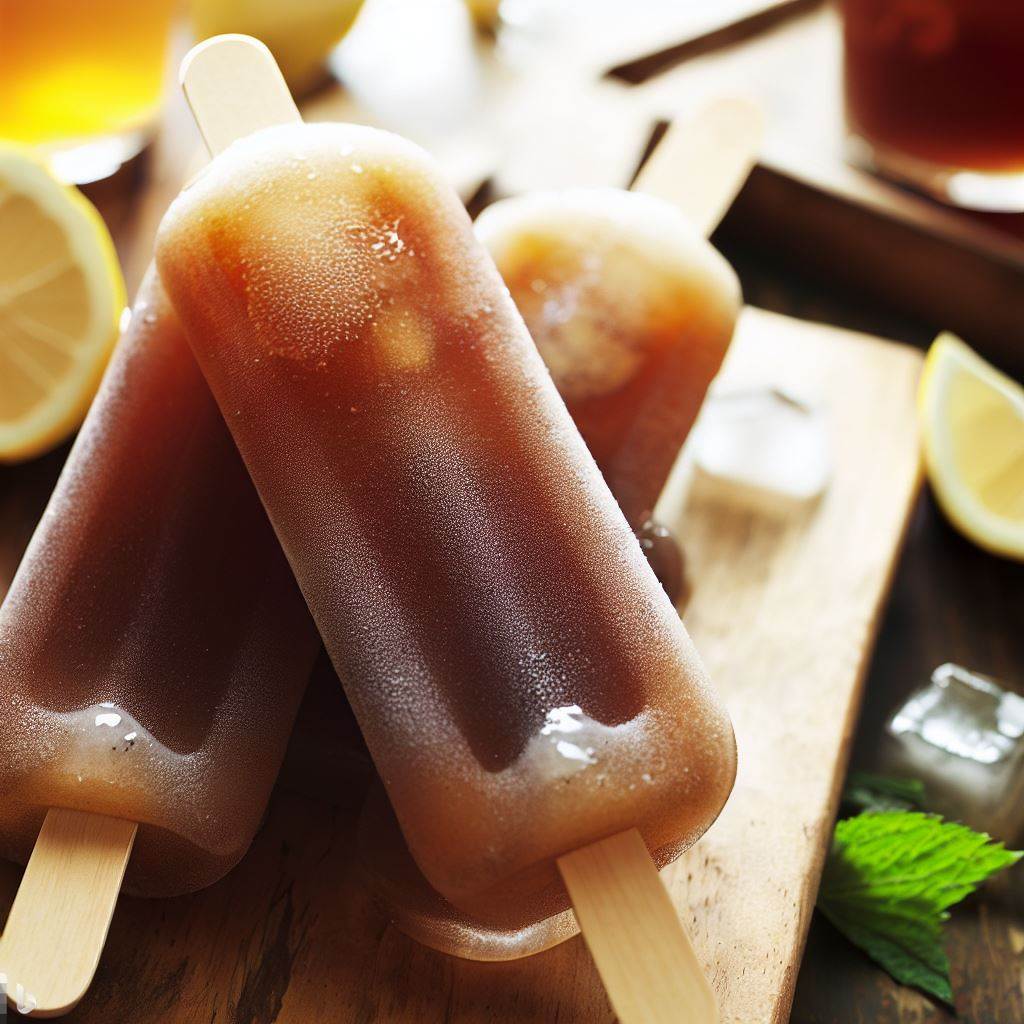
Kombucha-based Marinades and Sauces
- Tangy Kombucha BBQ Sauce: Combine kombucha, tomato sauce, molasses, vinegar, spices, and a touch of sweetness to create a flavorful barbecue sauce. It can be used to glaze grilled meats, tofu, or vegetables, adding a tangy kick to your dishes.
4. Culinary Kombucha Recipe: Kombucha Salad Dressing
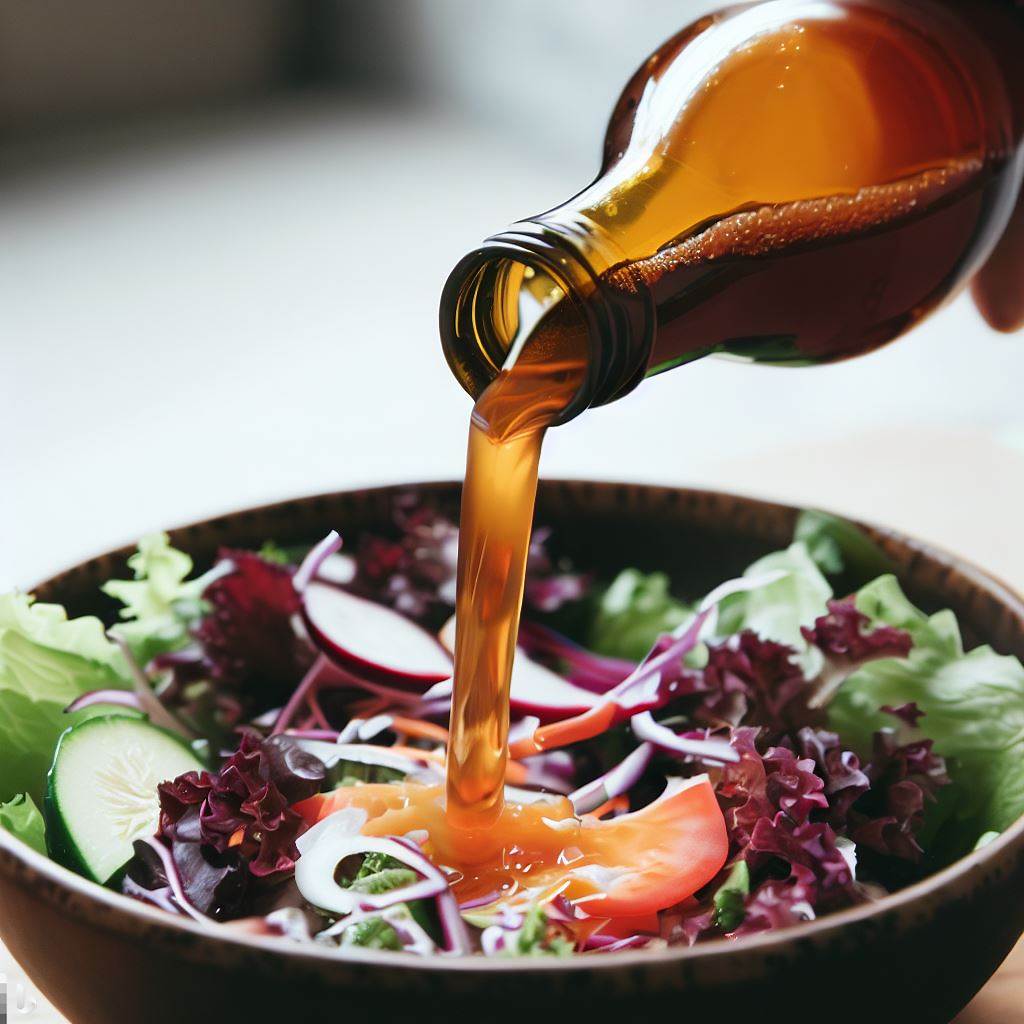
Ingredients
- 1/4 cup kombucha
- 2 tablespoons olive oil
- 1 tablespoon lemon juice
- 1 teaspoon honey or maple syrup
- 1/2 teaspoon Dijon mustard
- Salt and pepper to taste
- Fresh herbs (optional)
Instructions
- In a small bowl, whisk together kombucha, olive oil, lemon juice, honey or maple syrup, and Dijon mustard.
- Season with salt and pepper to taste. Adjust the sweetness or tanginess by adding more honey or lemon juice, if desired.
- Optional: Stir in fresh herbs like basil, parsley, or dill for added flavor.
- Drizzle the dressing over your favorite salad or use it as a marinade for grilled vegetables or proteins.
Tips and Variations
- Experiment with different types of kombucha flavors to create unique dressings.
- For a creamy dressing, blend the ingredients with Greek yogurt or avocado.
- Add minced garlic or grated ginger for an extra kick of flavor.
- Adjust the sweetness and acidity according to your taste preferences.
5. Culinary Kombucha Recipe: Kombucha Smoothie
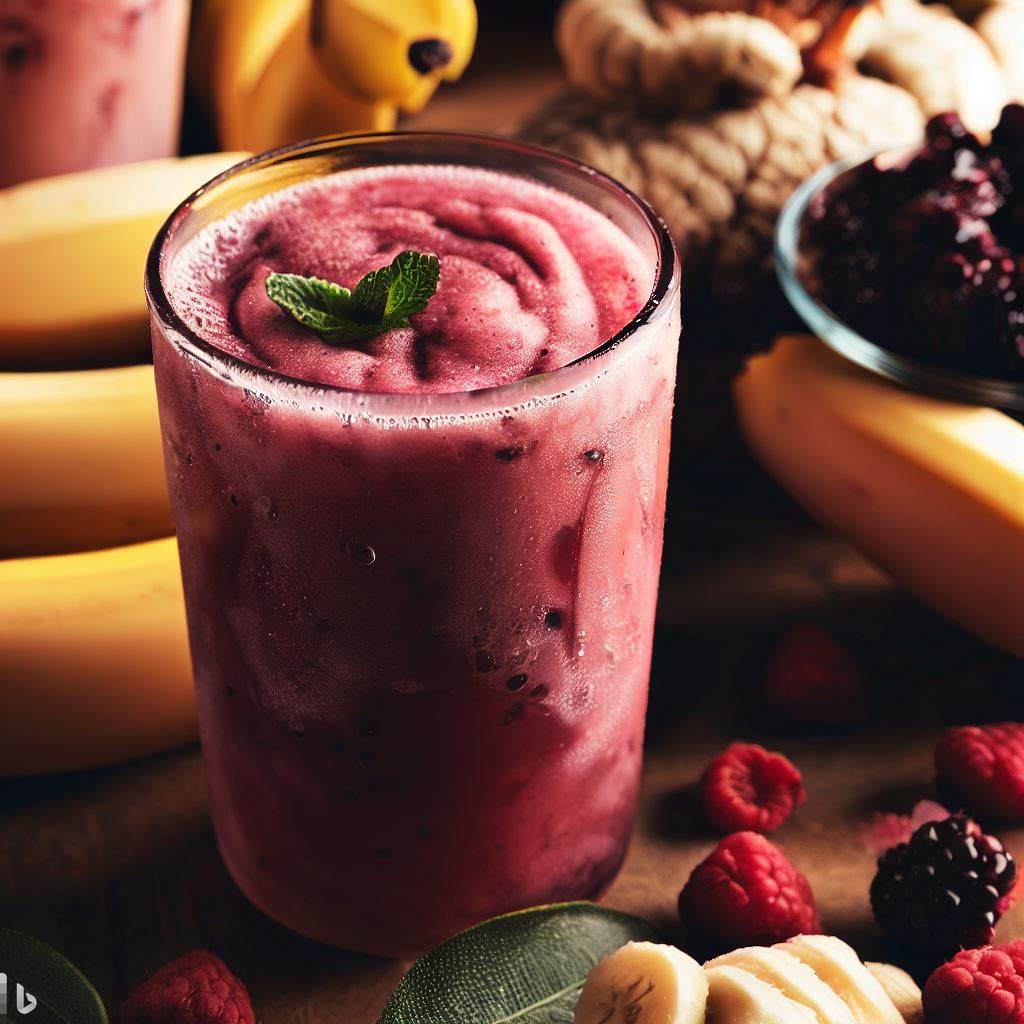
Ingredients
- 1 cup frozen mixed berries
- 1 ripe banana
- 1/2 cup Greek yogurt
- 1/4 cup kombucha
- Toppings of your choice (granola, fresh fruits, nuts, seeds, etc.)
Instructions
- In a blender, combine frozen berries, ripe banana, Greek yogurt, and kombucha.
- Blend until smooth and creamy, adding more kombucha if needed to achieve the desired consistency.
- Pour the smoothie into a bowl and add your favorite toppings, such as granola, fresh fruits, nuts, or seeds.
- Enjoy the kombucha-infused smoothie bowl for a nutritious and refreshing breakfast or snack.
Tips and Variations
- Customize your smoothie bowl by adding superfood powders like spirulina or maca for extra nutrients.
- For a vegan version, use plant-based yogurt or omit the yogurt altogether and add a splash of nut milk for creaminess.
- Adjust the sweetness by adding a drizzle of honey or maple syrup, if desired.
- Experiment with different fruit combinations and flavors to suit your taste preferences.
6. Culinary Kombucha Recipe: Kombucha-infused Lemon Bars
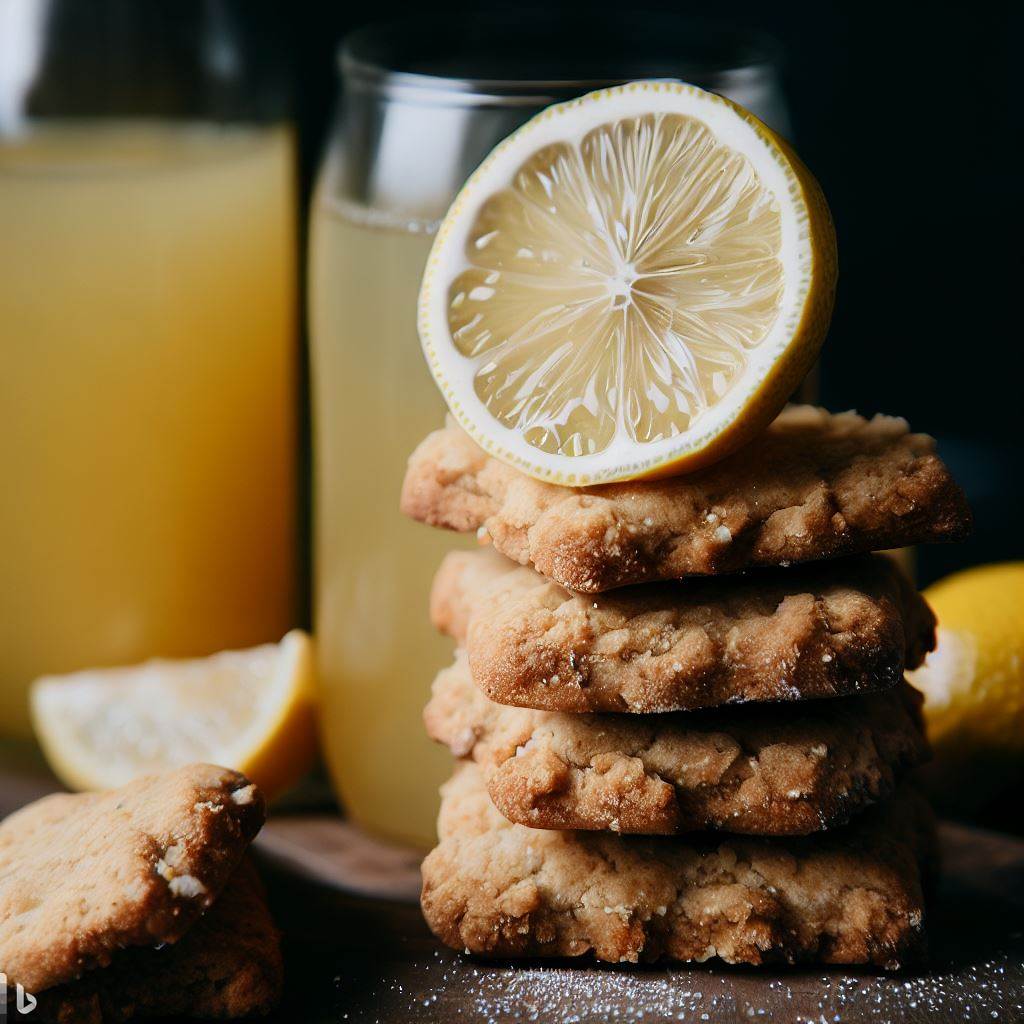
Ingredients
- For the crust:
- 1 cup all-purpose flour
- 1/4 cup powdered sugar
- 1/2 cup unsalted butter, softened
- For the filling:
- 4 large eggs
- 1 cup granulated sugar
- 1/4 cup all-purpose flour
- 1/4 cup lemon juice
- 1/4 cup kombucha
- Zest of 2 lemons
- Powdered sugar for dusting
Instructions
- Preheat your oven to 350°F (175°C) and line an 8×8-inch baking dish with parchment paper.
- In a mixing bowl, combine the flour, powdered sugar, and softened butter for the crust. Mix until crumbly and press the mixture evenly into the prepared baking dish.
- Bake the crust in the preheated oven for about 15 minutes, or until lightly golden brown.
- Meanwhile, prepare the filling by whisking together the eggs, granulated sugar, flour, lemon juice, kombucha, and lemon zest in a separate bowl until well combined.
- Once the crust is done, remove it from the oven and pour the filling mixture over the hot crust.
- Return the baking dish to the oven and bake for an additional 20-25 minutes, or until the filling is set and no longer jiggles.
- Remove the lemon bars from the oven and let them cool completely in the baking dish.
- Once cooled, dust the top with powdered sugar and cut into squares.
- Serve the kombucha-infused lemon bars as a delightful and tangy dessert option.
Tips and Variations
- For a gluten-free version, use a gluten-free flour blend in both the crust and filling.
- Enhance the flavor by adding a touch of vanilla extract to the filling mixture.
- For a more vibrant color, add a few drops of natural yellow food coloring to the filling.
- Garnish with fresh lemon zest or a sprig of mint for an extra pop of color and flavor.
7. Culinary Kombucha Recipe: Tangy Kombucha BBQ Sauce
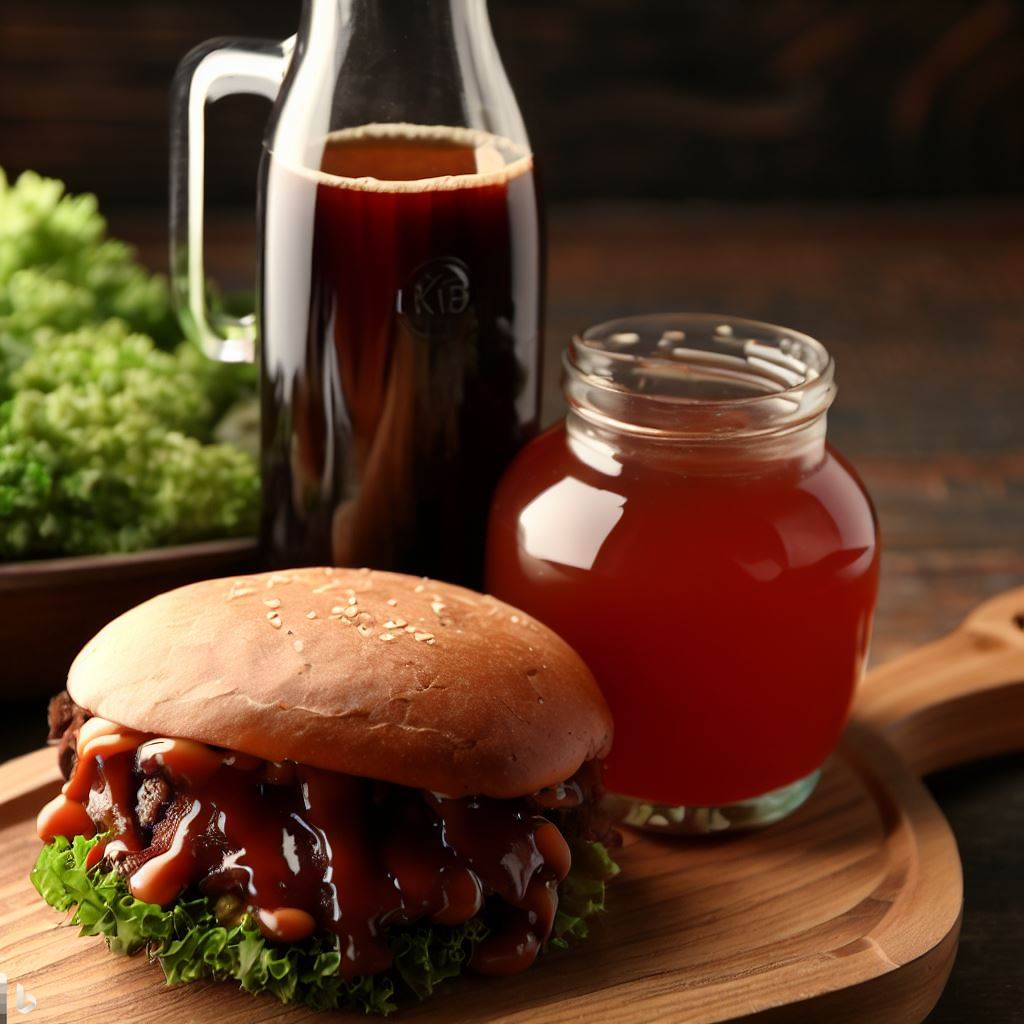
Ingredients
- 1 cup kombucha
- 1 cup tomato sauce
- 1/4 cup apple cider vinegar
- 2 tablespoons molasses
- 2 tablespoons Worcestershire sauce
- 1 tablespoon Dijon mustard
- 1 teaspoon smoked paprika
- 1/2 teaspoon garlic powder
- 1/2 teaspoon onion powder
- Salt and pepper to taste
Instructions
- In a saucepan, combine the kombucha, tomato sauce, apple cider vinegar, molasses, Worcestershire sauce, Dijon mustard, smoked paprika, garlic powder, and onion powder.
- Bring the mixture to a simmer over medium heat, stirring occasionally.
- Reduce the heat to low and let the sauce simmer for about 20-30 minutes, or until it thickens to your desired consistency.
- Season with salt and pepper to taste. Adjust the sweetness, tanginess, or smokiness by adding more molasses, vinegar, or spices, if desired.
- Remove the sauce from the heat and let it cool before using. Store any unused sauce in an airtight container in the refrigerator.
Tips and Variations
- Customize the flavor profile by adding spices like cayenne pepper, chipotle powder, or chili flakes for a spicier BBQ sauce.
- For a sweeter BBQ sauce, increase the amount of molasses or add a bit of honey or brown sugar.
- Use the tangy kombucha BBQ sauce as a glaze for grilled meats, a dipping sauce for chicken wings, or a marinade for tofu or vegetables.
8. Conclusion
Incorporating kombucha into your culinary repertoire opens up a world of creative and flavorful possibilities. From tangy salad dressings to refreshing smoothie bowls and delightful desserts, the probiotic-rich beverage can add a unique twist to yourfavorite recipes.
Not only does kombucha provide a tangy flavor, but it also brings potential health benefits to the table. Its probiotics, antioxidants, and detoxifying properties make it a versatile ingredient that enhances both taste and nutrition.
By following simple brewing techniques and avoiding common mistakes, you can enjoy homemade kombucha and explore the vast array of kombucha-infused recipes. Whether you’re a salad lover, smoothie enthusiast, or dessert aficionado, there’s a kombucha recipe waiting to tantalize your taste buds.
So, embrace the power of fermented tea and let kombucha take your culinary adventures to new heights. Get creative, experiment with flavors, and savor the tangy goodness of kombucha-infused dishes. Thanks for reading our on our GMK Culinary Kombucha Recipe!
9. FAQ – Culinary Kombucha Recipe
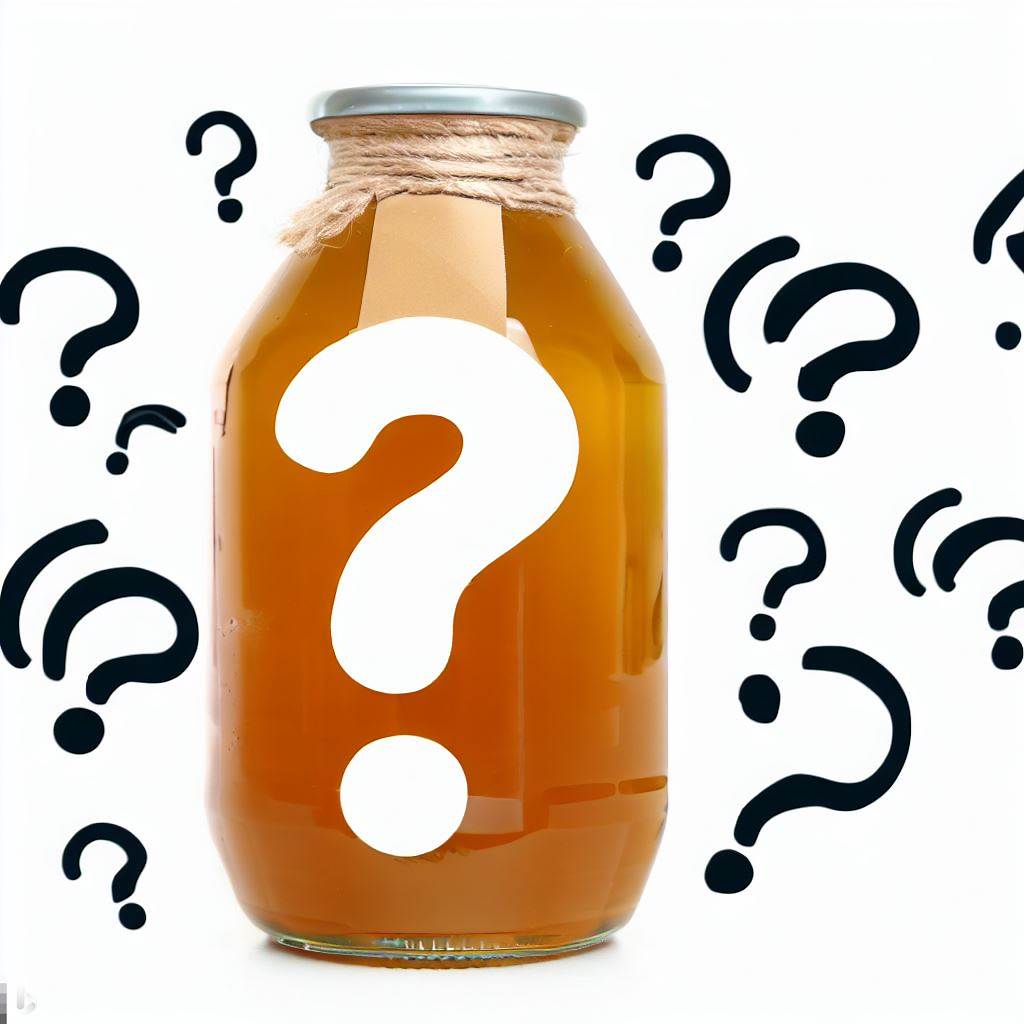
Can I use store-bought Culinary Kombucha Recipe?
Yes, you can use store-bought kombucha as an ingredient in recipes. However, make sure to choose unflavored kombucha without any added sugars or flavorings. This allows you to have better control over the flavors and sweetness in your recipes.
How long does Kombucha stay fresh in recipes?
In recipes, kombucha can retain its flavor and probiotic benefits for a few days, depending on the recipe and storage conditions. It’s best to consume dishes with kombucha as soon as possible to enjoy the freshest taste and maximum probiotic content.
Can I use flavored Kombucha for recipes?
While flavored kombucha can add interesting notes to certain recipes, it’s generally recommended to use unflavored kombucha to have more control over the flavors in your dishes. However, feel free to experiment and use flavored kombucha if you believe it complements the recipe.
Can I make alcoholic Kombucha recipes?
The fermentation process of kombucha naturally produces a small amount of alcohol, usually below 0.5% ABV (alcohol by volume). While it is unlikely to cause intoxication, individuals with alcohol sensitivities or those avoiding alcohol altogether may prefer to avoid alcoholic kombucha recipes. Check out our Brewing Hard Kombucha Guide.
Can I use Kombucha in fermented foods like sauerkraut?
Kombucha can be a valuable addition to fermented foods like sauerkraut. Its acidity and probiotic content can enhance the fermentation process and contribute to the overall flavor and nutritional profile of the final product. Experiment with incorporating kombucha into your fermented recipes and enjoy the unique tang it brings.
Thanks for reading our Greek Mountain Kombucha Blog Post on Culinary Kombucha Recipe:

